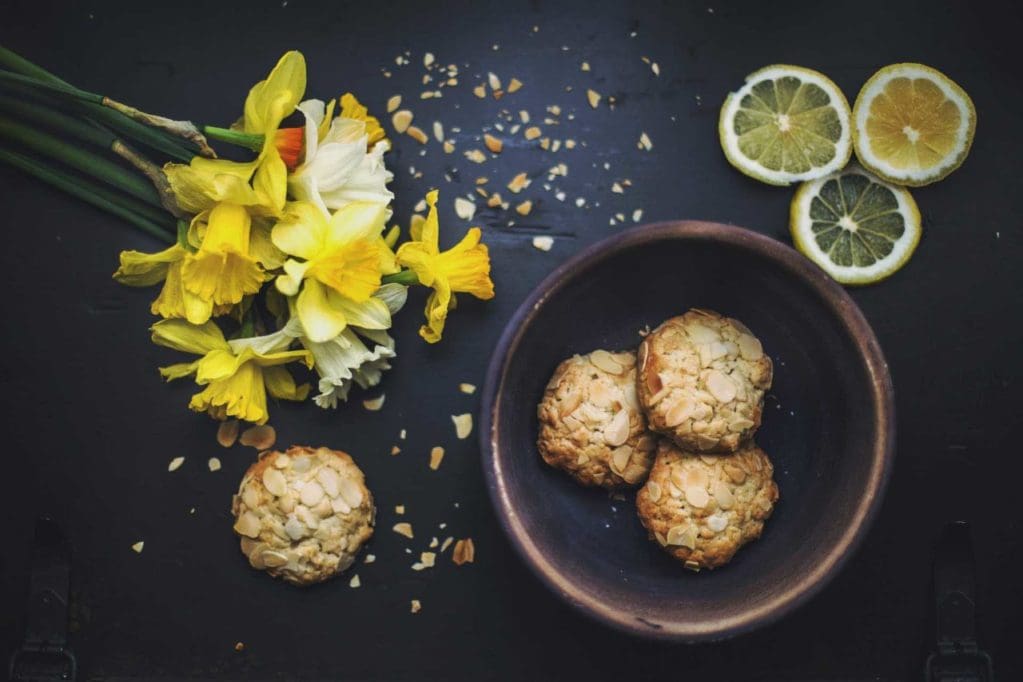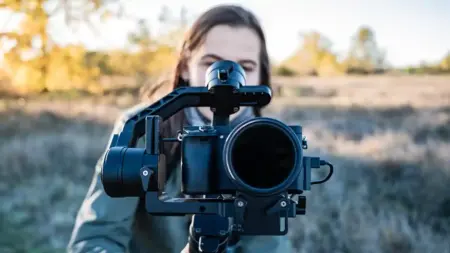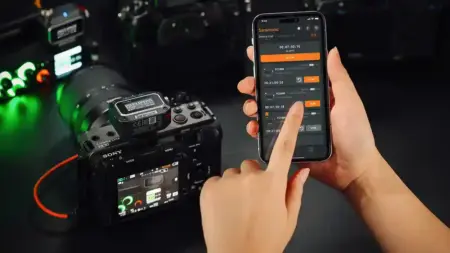Food photography is a sub-genre of still life photography that has gained tremendous popularity in recent years, thanks to the rise of social media and food-centric platforms. It is the art of capturing visually appealing images of food, with the goal of making it look enticing, delicious, and irresistible to the viewer. Whether you’re a professional photographer, a food enthusiast, or someone who simply enjoys capturing beautiful moments with food, understanding the nuances of food photography can help you create stunning images that make taste buds tingle.
Creative Food Photography
Creative food photography goes beyond simply capturing a plate of food. It involves experimenting with different angles, compositions, props, and lighting to create visually striking images. This type of photography allows the photographer to showcase their artistic vision and evoke emotions through their work. By using unique perspectives, unconventional props, and imaginative styling, creative food photography can transform a simple dish into a work of art.
Food Photography Ideas
Food photography ideas are endless, limited only by your imagination. Whether you’re photographing a home-cooked meal, a decadent dessert, or an exotic dish from a foreign cuisine, there are numerous ways to make your images stand out. Consider incorporating storytelling elements into your photos, such as capturing the process of cooking or showcasing the vibrant colours of fresh ingredients. You can also experiment with different plating styles, textures, and garnishes to add visual interest to your shots.
- Photography for beginners: essential techniques and best cameras

How to Take Food Photos
To take compelling food photos, it’s important to pay attention to details and create a visually appealing composition. Start by choosing a suitable background and setting up a scene that complements the dish. Consider using props that enhance the overall aesthetic, such as colourful utensils, patterned napkins, or fresh herbs. Experiment with different angles, such as shooting from above or at eye level, to find the most flattering perspective. Lastly, remember to use natural light whenever possible or invest in a quality lighting setup to illuminate your subject.
Which Lens for Food Photography?
Choosing the right lens for food photography can significantly impact the outcome of your images. A popular choice among food photographers is a macro lens, which allows you to capture intricate details and achieve a shallow depth of field, highlighting the main subject while creating a beautiful background blur. Another option is a prime lens with a focal length between 35mm and 85mm, which offers versatility and the ability to capture wider shots as well as close-ups. Ultimately, the choice of lens depends on your personal preference and the style of food photography you wish to pursue.
Restaurant Food Photography
Restaurant food photography plays a crucial role in enticing customers and showcasing the culinary creations of a dining establishment. When photographing food in a restaurant setting, it’s essential to work efficiently and be mindful of the surroundings. Communicate with the chef or staff to understand the desired outcome and capture the essence of their dishes. Pay attention to lighting conditions, as some restaurants may have dim or artificial lighting. Additionally, be respectful of other patrons and avoid causing disruptions while capturing mouthwatering shots.
Using a Tripod for Food Photography
Using a tripod in food photography can significantly improve the quality and sharpness of your images. It allows you to keep the camera steady, eliminating any blurriness that may occur due to hand movement. A tripod also gives you more control over the composition and framing of your shots. When selecting a tripod for food photography, consider its stability, weight, and flexibility. Look for a sturdy tripod that can support your camera and lens comfortably. Additionally, consider a tripod with adjustable height and versatile positioning options, such as tilting and rotating heads, to achieve different angles and perspectives.
Abstract Food Photography
Abstract food photography takes a departure from traditional representations of food and focuses on capturing unique shapes, patterns, and textures. It allows photographers to explore the artistic and conceptual aspects of food, transcending its literal form. In abstract food photography, you can experiment with close-up shots of ingredients, emphasising their textures and colours. You can also play with unusual angles and perspectives to create visually intriguing compositions. By breaking away from traditional norms, abstract food photography offers a fresh and creative approach to capturing culinary delights.
Artistic Food Photography
Artistic food photography is an expressive and creative form of capturing food. It goes beyond documenting dishes and aims to evoke emotions and tell stories through visual narratives. In this style, photographers often incorporate elements of fine art, such as dramatic lighting, unique compositions, and conceptual ideas. Artistic food photography allows for experimentation with different techniques, such as long exposures, intentional blurs, or mixed media. It encourages photographers to push boundaries and create images that provoke thought and engage the viewer on a deeper level.
Food Photography Lighting Setups
Lighting is a crucial aspect of food photography, as it can dramatically enhance the appearance of the dish. Natural light is often preferred as it provides soft, diffused illumination that brings out the natural colours and textures of the food. Position your subject near a window or shoot outdoors during the golden hours (early morning or late afternoon) for optimal lighting conditions. If natural light is unavailable or insufficient, you can invest in artificial lighting setups, such as continuous LED lights or off-camera flash, to achieve desired results. Experiment with different lighting angles and intensities to create the desired mood and highlight the food’s best features.

Best Plates for Food Photography
The choice of plates for food photography can greatly impact the presentation and aesthetic appeal of the dish. Opt for neutral-coloured plates and bowls that won’t distract from the food itself. White plates are a popular choice as they provide a clean canvas for the dish, allowing the colours and textures to take centre stage.
But while white plates are a popular choice for food photography, there are other options worth considering to add variety and visual interest to your images. Slate, wooden boards, marble surfaces, and colourful ceramic plates can provide unique backdrops that complement different types of dishes.
Consider the style, colour, and texture of the food when selecting plates to create a harmonious and visually appealing composition. Ultimately, the best plates for food photography are those that enhance the dish and allow it to take centre stage without overpowering or distracting from its natural beauty.
White Food Photography
White food photography is a minimalist approach that focuses on clean, bright images with a predominantly white colour palette. It creates a sense of freshness, purity, and elegance. In white food photography, the use of a white background, white plates, and props with light tones helps accentuate the colours and textures of the food. It also provides a blank canvas for styling and allows the subject to stand out. White food photography is often associated with light, airy, and ethereal aesthetics, and it can evoke a sense of simplicity and sophistication.
Food photography is a captivating genre that allows photographers to showcase their creativity, evoke emotions, and entice viewers through visually stunning images of food. Whether you prefer a traditional or more artistic approach, mastering the techniques, understanding lighting, selecting suitable equipment, and experimenting with different styles and compositions will help you capture delectable moments that leave a lasting impression on your audience.
From creative food photography and exploring abstract or artistic styles to capturing the perfect lighting setups and selecting the right plates, each aspect of food photography adds depth and uniqueness to the images you create. Remember to experiment, explore different ideas, and let your creativity shine through in every shot. With practice, patience, and a passion for food, you can master the art of food photography and create mouthwatering visuals that make viewers crave the dishes they see.
So, grab your camera, gather some delectable ingredients, and embark on a culinary journey through the lens. Food photography allows you to capture the beauty and essence of food, transforming it into a feast for the eyes. Whether you’re an aspiring food photographer or simply want to improve your skills, understanding the fundamentals, experimenting with different techniques, and infusing your own unique style will help you create stunning images that leave a lasting impression. So go ahead and indulge in the world of food photography, where creativity and gastronomy converge, and let your images speak volumes about the joy and artistry of culinary delights.





Leave a Reply